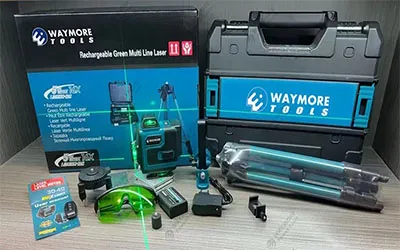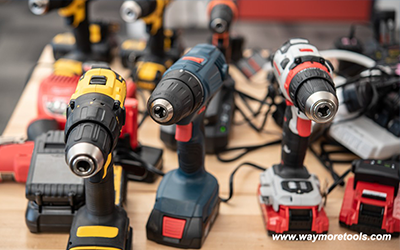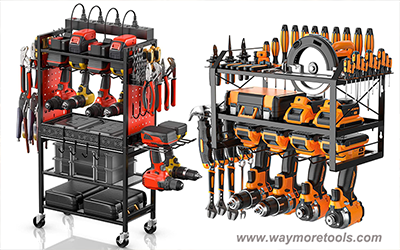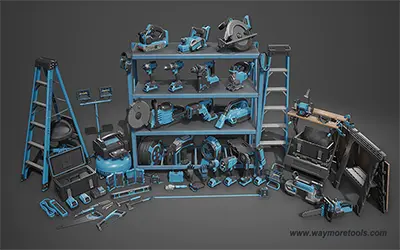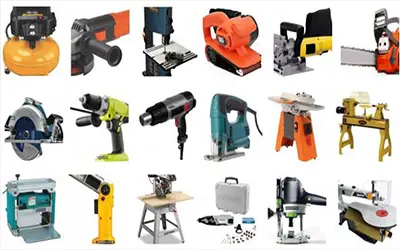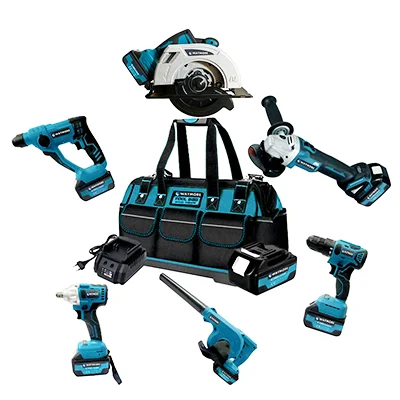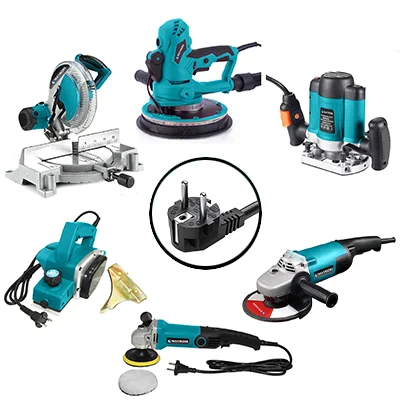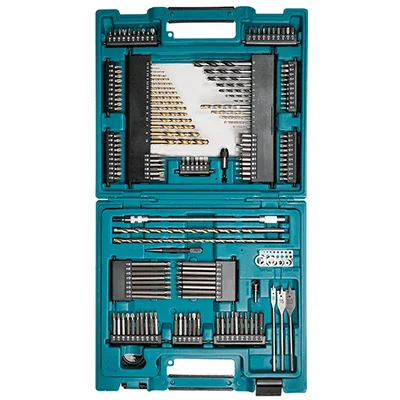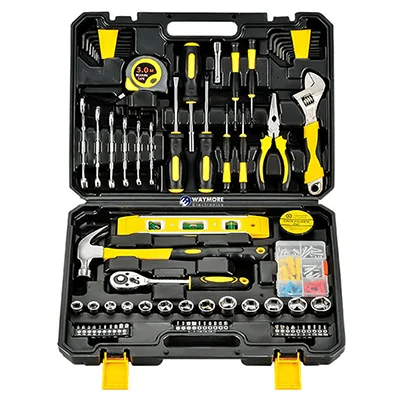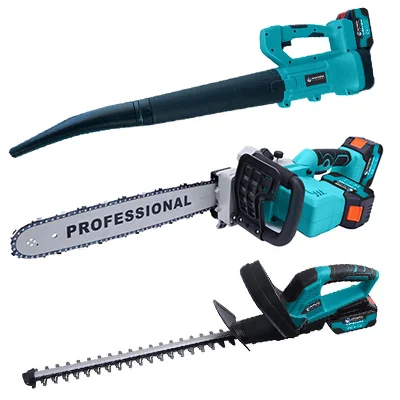
About Power Tools - Crucial Role In Various Projects And Industries
Nowadays, power tools play a crucial role in various projects and industries. Whether you're a professional or a DIY enthusiast, power tools have become essential for efficiency and precision. I had built our own house at the age of 19, a time when power tools weren't as readily available as they are today. I gained a deep appreciation for hand tools from him, but I can't imagine giving up my power tools now. They have become an integral part of my work, providing efficiency and speed.
In the long history of tools, power tools represent just a fraction, but they have revolutionized how we build and create. From primitive tools made of rocks to the sophisticated power tools we have today, the evolution has been remarkable.
In this journey, we explore various power tools that have become essential in workshops. Let's delve into the top 10 power tools that have transformed the way we approach construction, demolition, and finishing projects.
1. Impact Driver (Top Spot):
Claiming the top spot is the impact driver. With its built-in hammering or impact action, an impact driver excels in effortlessly installing fasteners, providing a more compact and efficient alternative to a traditional drill.
2. Table Saw (Runner-Up):
The table saw earns its place as an essential tool for construction work demanding precise and straight cuts. While a larger table saw with a cast-iron top is advantageous, a portable option can be a space-saving alternative.
3. Random Orbit Sander:
The random orbit sander takes the third spot—a vital tool for refining rough edges resulting from cutting tasks. Its versatility allows for the use of various sandpaper grits to achieve the desired smoothness.
4. Circular Saw:
For construction and cutting needs, the circular saw secures the fourth position. Whether cutting through two by fours or sheets of MDF, plywood, or chipboard, a circular saw proves indispensable for both construction and demolition projects.
5. Drill:
A workshop staple, the drill, occupies the fifth spot. When choosing a drill, prioritize versatility with features like screw control, a hammer drill setting for masonry, and a clutch setting for speed adjustment.
6. Reciprocating Saw:
Securing the sixth spot is the reciprocating saw, serving as a crucial tool for major demolition tasks. While precision may not be its forte, its ability to effortlessly cut through wood, metal, and pipes makes it indispensable for specific jobs.
7. Pocket Screw Jig:
In the seventh position is the pocket screw jig—a valuable addition for furniture building. This tool enables the concealed and robust joining of two pieces of wood, providing both strength and aesthetic appeal.
8. Jigsaw:
Moving up the list, the jigsaw claims the eighth spot. Not only is it adept at cutting and building, but its unique advantage lies in its ability to cut through different materials at various angles, making it a must-have for tasks requiring intricate cuts.
9. Oscillating Tool:
Taking the ninth spot is the oscillating tool, ideal for renovation or demolition work. With various blade options, it can cut through materials like metal and wood or remove grout, proving essential for a range of household tasks.
10. Router:
Securing the tenth position is the router, a formidable tool with versatile capabilities. Whether it's rounding over tabletop edges or various decorative finish work, the router adds finesse to woodworking projects.
These power tools have become indispensable in modern workshops, providing efficiency, precision, and versatility. They have transformed the way we approach DIY projects, making tasks more accessible and enjoyable. If you have any alternative suggestions or disagreements, feel free to share your thoughts in the comments below.
This excerpt traces the history and evolution of power tools, particularly focusing on Black and Decker, Milwaukee, and other notable companies. It highlights key moments, innovations, and challenges faced by the power tool industry from the stock market crash in 1929 to the post-World War II era.
Great Depression Impact: The stock market crash in 1929 affected the power tool industry, leading to layoffs and economic challenges for companies like Black and Decker.
World War II and Military Demands: During World War II, power tool companies shifted their focus to meet the demands of the U.S. military, contributing to the war effort with tools like the G8 belt sander.
Post-War Consumer Market: After World War II, there was a surge in the housing market, and power tool companies, including Black and Decker, recognized the potential in the consumer market. They introduced lighter, more affordable tools for DIY enthusiasts.
Plastic Revolution: In the 1960s, the introduction of plastic in power tool manufacturing revolutionized the industry. Plastic made tools lighter, less expensive, and safer. Double insulation techniques were developed, enhancing safety.
Cordless Revolution: In 1961, Black and Decker introduced the first cordless power tool, a drill powered by rechargeable nickel-cadmium batteries. Cordless technology became a significant development in the industry.
Battery Advancements: In the 1980s, advancements in battery technology led to more powerful and versatile cordless tools, with batteries that could be interchangeable between different tools.
DIY Movement and TV Shows: The post-World War II era saw a resurgence of the DIY movement, with individuals like Bob Villar and TV shows like "This Old House" inspiring homeowners to take on home improvement projects.
Tim Allen's Impact: In 1999, actor Tim Allen launched his own line of power tools, contributing to the competitive and evolving landscape of the power tool industry.
This historical record of Power Tools provides insights into the challenges, innovations, and trends that have shaped the power tool industry over the years.
 Waymore Tools
Waymore Tools
